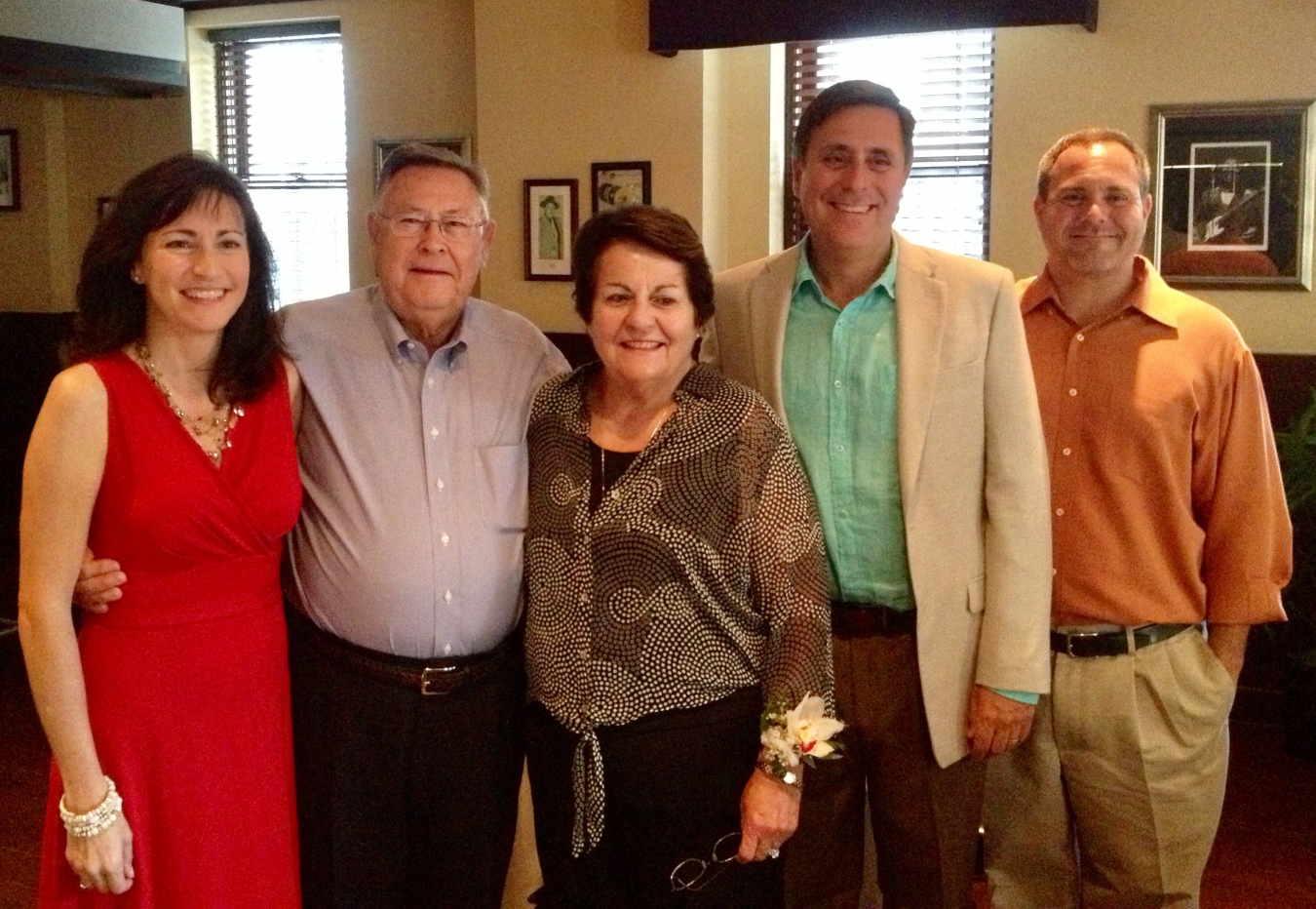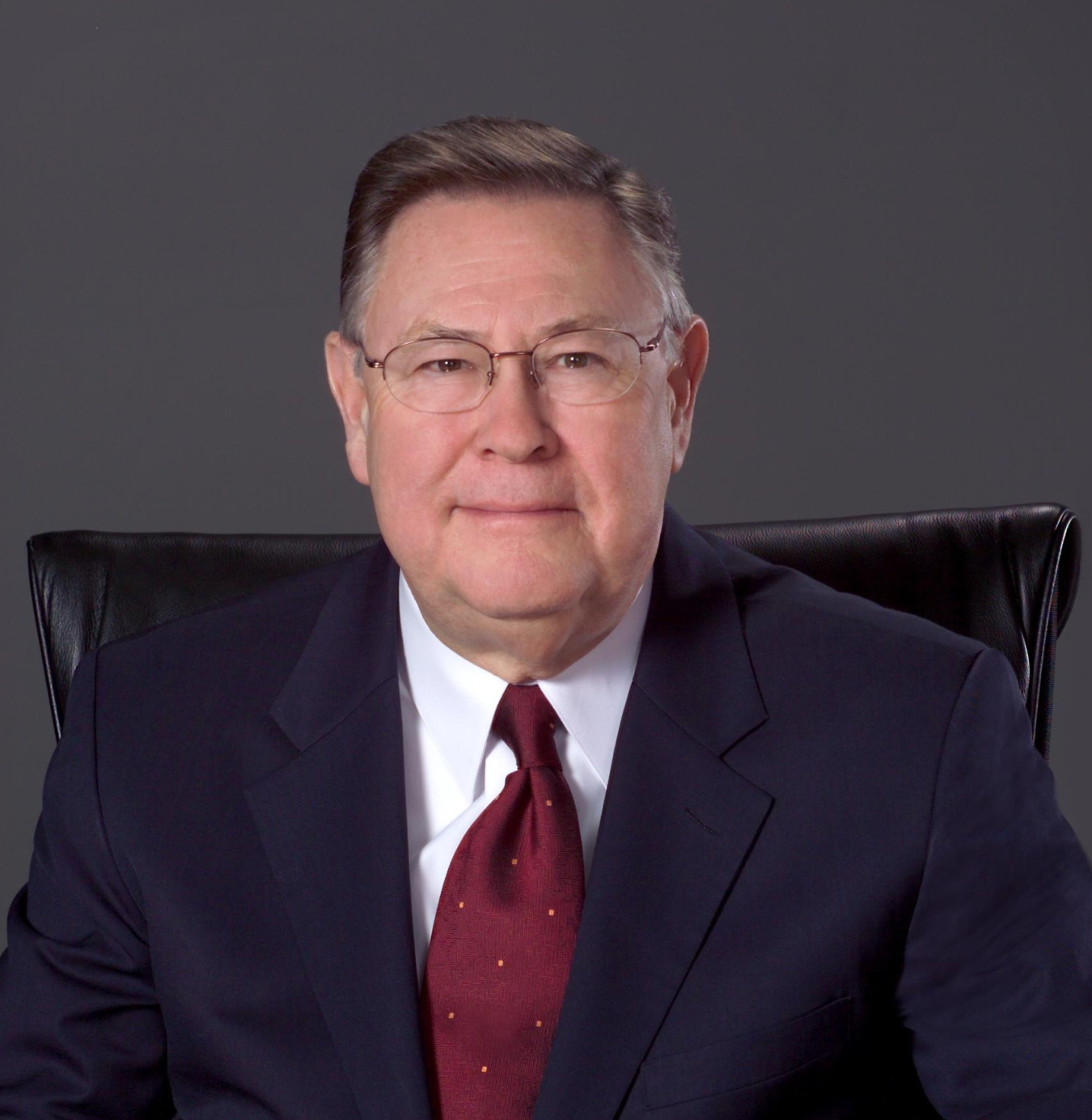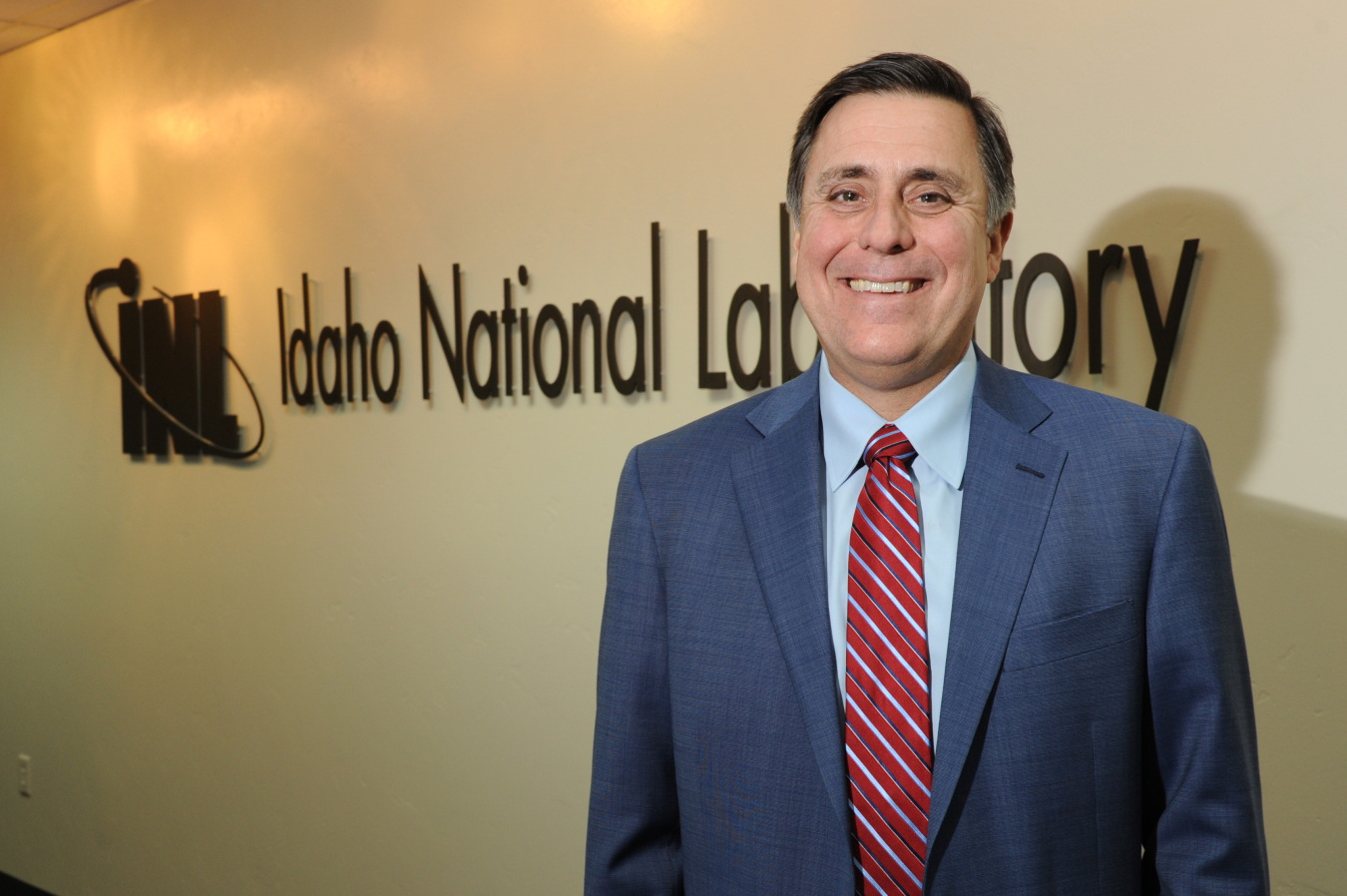
It’s hardly unusual for a son to follow in his father’s footsteps, but the story of INL Director Dr. Mark Peters and his father, Dr. Leonard Peters, contains twists that make it unique.
They are the only father and son who have been U.S. Department of Energy national laboratory directors.
Len Peters was director of Pacific Northwest National Laboratory from 2003 to 2006. On Oct. 1, 2015, his son was named director of Idaho National Laboratory.
“Several people have brought it up,” Len Peters said. “We seem to be the only example. Mark and I started talking about this shortly after he was appointed.”
But it was the father who followed his son into the DOE. At the time of his father’s appointment to PNNL, Mark Peters was at Argonne National Laboratory, with several years of experience in the national laboratory system under his belt. Len Peters, on the other hand, was coming straight from academia, leaving a position at Virginia Tech.
Follow us on LinkedIn.
Mark Peters didn’t know his father was interviewing for the PNNL job. “It was quite a surprise,” he said. “I was obviously incredibly proud.”
Len Peters’ appointment led to some interesting moments, including times Mark took part in conference calls between his father and his boss, ANL Director Robert Rosner. Professionally, father and son were aware of possible sensitivities.
“We were always very careful and always very transparent,” Mark Peters said.
And while Mark Peters may have had several years of DOE experience – at Yucca Mountain, Los Alamos National Laboratory and DOE headquarters in Washington, D.C. – his father was a quick study and serves as a sounding board for his son.
The two men talk once a week if not more, and since Mark Peters became INL director, he frequently relies on his dad’s insight.
“We talk about how to guide strategy at a larger institution,” he said. “How to lead scientists and engineers ... He knows so many people. I hear, ‘I worked with your dad’ all the time. He always gives sage advice.”
Aside from the singular circumstances, father and son have always had a strong bond. The eldest of three children, Mark is the only one to have gone into science. His sister, Tracy Johnson, is a consultant and community activist (“She’s probably the smartest,” says Mark), while Craig, the youngest, is in commerce and finance.
Len Peters was the son of a western Pennsylvania steelworker, and his interest in science started with the Donora smog of 1948. That was a historic air inversion that killed 20 people and sickened roughly 7,000 in Donora, a small mill town southeast of Pittsburgh.

“It piqued my interest in environmental chemistry,” he said. He was 8 years old.
Mark Peters was born in 1964, while his father was working for Alcoa Research Laboratory outside of Pittsburgh and getting ready to attend the University of Pittsburgh to pursue a Ph.D., which he obtained in 1971. Mark Peters’ first memory of his father is of him cutting the grass at night, after getting home from graduate school classes.
“He was always smiling, working part time and going to school with three kids under the age of six,” he said.
The family moved to Cleveland in 1971, then to Lexington when Mark was 10. While Len Peters taught at the University of Kentucky, he would sometimes be called abroad for meetings to give papers. He decided that at the appropriate time, he would take each of his children on one of these trips. In 1980, when Mark was nearly 16, he accompanied his dad to Paris.
“While I was in scientific sessions, he was off roaming Paris,” Len Peters said, adding that he was impressed at how observant his son was. “If he goes someplace, he’s always going to be able to find his way back.”
“He gave me a metro map and some money,” Mark Peters said. The Louvre was closed because of a strike, but the Musee d’Orsay museum and various gardens were open – enough to occupy a high school sophomore for five or six days. Father and son then traveled to Mainz, Germany (then West Germany), before returning to the states.
That same year, Mount St. Helens erupted in May. For Mark Peters, who’d always been interested in rocks, it was the event that made him decide to pursue a degree in geology. He earned his bachelor’s at Auburn University, then his doctorate in geophysical sciences from University of Chicago. As a postgraduate, he studied meteorites at Caltech, but with his wife and their first child, he figured a real job was in order, and he signed on with DOE as it was developing its Yucca Mountain Nuclear Waste Repository.
That same time, Len Peters had moved to Virginia Tech to become vice provost for research and dean of the graduate school. At Kentucky, between 1974 and 1993, he created a nationally recognized aerosol chemistry/physics research group and developed a research program in atmospheric modeling.

He chaired the Environmental Protection Agency’s advisory committee on global climate change research programs from 1987 to 1990, and received the National Science Foundation Award in Recognition of Contributions to Science and Technology in Kentucky in 1990.
At Virginia Tech, he established the ASPIRES program, which stimulated new research and seed money for faculty members. Research expenditures grew from $135.8 million to more than $230 million, and royalties from patents and copyrights grew from $626,000 to $2.3 million, Len Peters said.
Although he had never worked directly for DOE, Len Peters had some familiarity with the department. Before joining the Virginia Tech faculty, he had been a visiting senior scientist with the PNNL atmospheric sciences department, in 1991-92. At Virginia Tech, he was a key player in bringing together six core universities led by the University of Tennessee and Battelle Memorial Institute that won the management and operating contract for DOE’s Oak Ridge National Laboratory.
Once at PNNL, he frequently turned to his son for advice about the workings of the DOE. “He sort of mentored me for a few years,” he said.
“He figured it out pretty quickly,” Mark Peters said. Asked to sum up his father, he said, “He cares about people, he’s fair and has tremendous integrity. He’s also very strategic. He’s better at math and at understanding things from first principles.”
“Mark understands the nuclear fuel cycle a lot better than me,” Len Peters said.
After leaving PNNL in 2006, Len Peters returned to Kentucky, where he eventually took a job as head of Gov. Steve Beshear’s Energy and Environment Cabinet. It was a position he held until Beshear left office in December 2015.
In recent years, many of their conversations have been about nuclear energy and where it is headed. In coal-centric Kentucky, where there was an actual ban on nuclear power, Len Peters spent a lot of time and energy trying to change the minds of policymakers and legislators.
“It’s a tough sell,” he said. But in a state as industrial as Kentucky, nuclear makes sense.
Father and son remain in close contact, talking weekly. “I don’t give him advice anymore,” Len Peters said. “It’s more along the lines of ‘What’s interesting?’ ‘What’s good?’ ‘What’s driving you crazy?’ He keeps me up to date on people I have known.”
*This article was first published by Idaho National Laboratory.
- Paul Menser is a senior science writer for North Wind Group in Idaho Falls, working under contract for Idaho National Laboratory.
